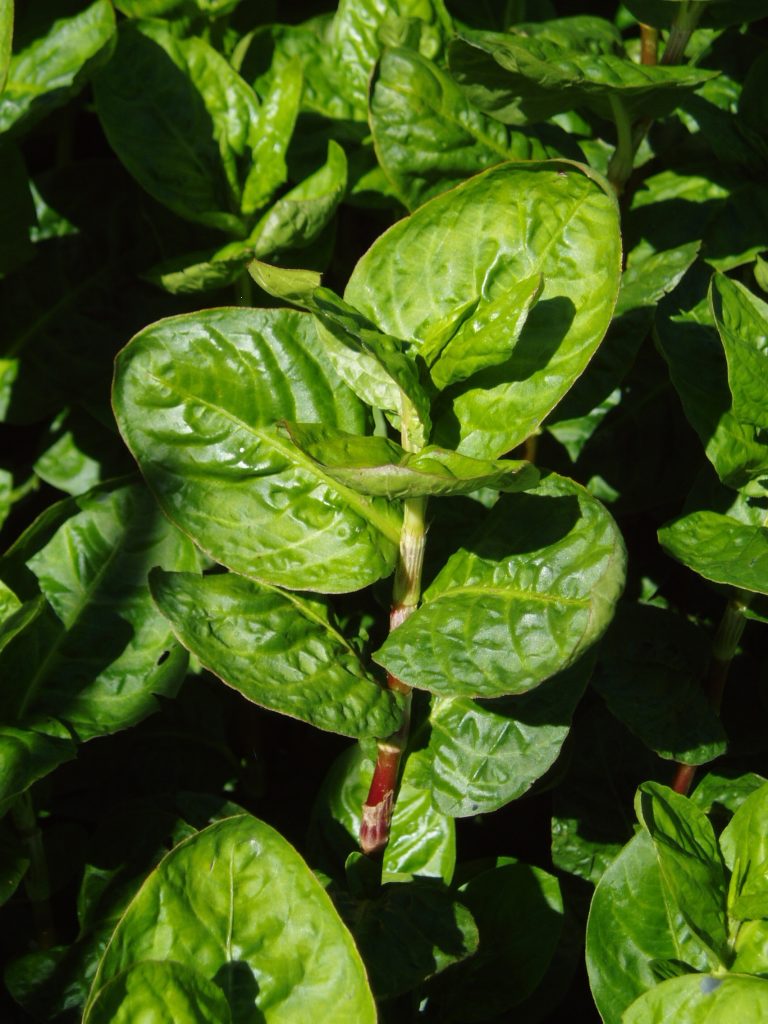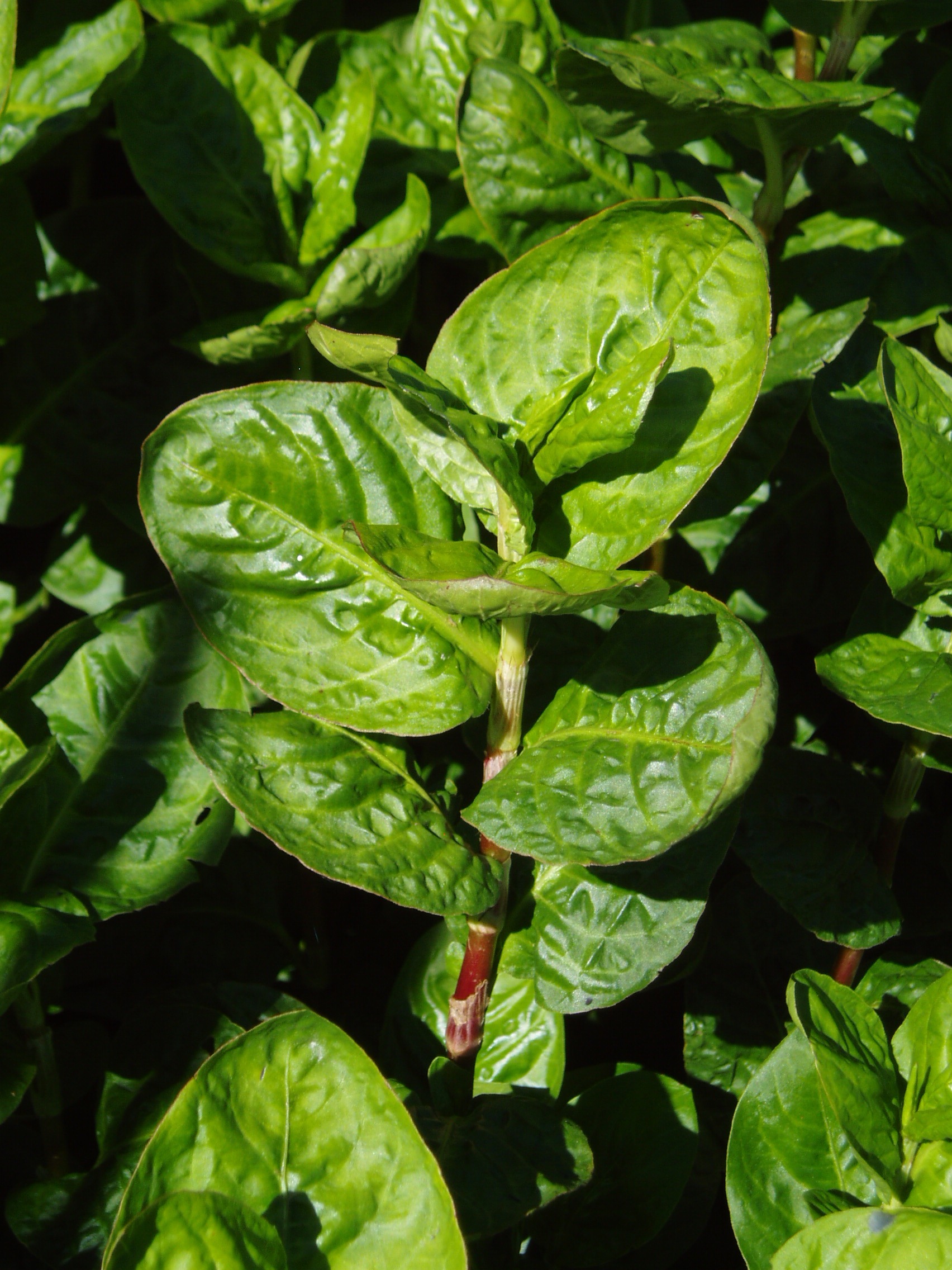The management of human skin exposure to sunlight, particularly ultraviolet (UV) rays, involves balancing the risks of photodamage with the physiological necessity of UV-related metabolic pathways. UV radiation, composed mainly of UVA and the more energetic UVB, is the leading cause of photodamage, contributing to photoaging and cancer incidence through the induction of DNA damage, such as cyclobutane pyrimidine dimers (CPDs), and inflammatory responses. Paradoxically, UVB is essential for the synthesis of vitamin D3, an indispensable molecule whose deficiency is a widespread public health problem associated with numerous severe diseases. Therefore, determining an adequate UV dose that provides sufficient vitamin D3 while avoiding skin photodamage is a non-trivial challenge.
Antioxidant phytocompounds are recognized as a valuable source of molecules for protecting skin against UV-induced damage. However, the effects of these compounds on other crucial UV-related metabolic pathways, such as vitamin D3 synthesis and melanogenesis, are rarely explored. This study investigated an indigoid-rich extract of Persicaria tinctoria (PTE), a plant traditionally used in Chinese and Korean medicine for its antioxidant and anti-inflammatory properties, attributed primarily to its indirubin content. PTE was chosen as a potential solution to mitigate UV-induced harm while simultaneously promoting the beneficial metabolic effects typically associated with sun exposure.
Methods
The study evaluated the effects of a topically applied 0.8% PTE, standardized in indirubin, on three consequences of moderate UV exposure (4.5 J/cm² UVA and 0.15 J/cm² UVB) on human skin models. Human skin explants (obtained from various surgeries) and normal human epidermal keratinocytes (NHEKs) were utilized to model daily UV exposure approximating one hour during spring in Western Europe. DNA damage was assessed via CPD quantification using immunostaining, and inflammation was quantified by measuring cytokines (IL-6, IL-1Ra) and prostaglandin E2 (PGE2). Furthermore, the impact of PTE on healthy metabolic pathways was examined by quantifying Vitamin D3 content via HPLC-MS, and analyzing melanogenesis through gene expression (MC1R, MITF, TYR, MLPH), total melanin, and eumelanin/pheomelanin content.
Key Findings
The evaluation of Persicaria tinctoria extract (PTE) under moderate daily UV exposure demonstrated multifaceted benefits, including protection against UV damage and simultaneous stimulation of beneficial physiological responses:
• DNA Damage Mitigation: Pre-treatment with PTE significantly decreased the number of cells presenting UV-induced cyclobutane pyrimidine dimers (CPDs) by -56% compared to the stressed placebo.
• Anti-inflammatory Effects: PTE reduced the production of the pro-inflammatory cytokine IL-6 by -59% and stimulated the release of the protective cytokine IL-1Ra by +49%. Additionally, PTE decreased prostaglandin PGE2 release by -27% in keratinocytes stressed by heat.
• Vitamin D3 Boost: In skin explants irradiated with UV, PTE treatment dramatically boosted the vitamin D3 concentration by +345% compared to the irradiated placebo control, outperforming the effect of UV exposure alone.
• Melanogenesis Promotion: PTE up-regulated several genes central to melanogenesis in skin explants, including MC1R (×2.46), MITF (×1.69), TYR (×2.06), and MLPH (×1.53).
• Enhanced Skin Tanning and Protection: PTE promoted total melanin content by +126% (vs. placebo under UV). Crucially, the extract induced a significant increase in the protective pigment eumelanin (+60%). This activity resulted in a visible enhancement of skin tanning (decrease in L* and ITA parameters).
• Compatibility with Sunscreen: The pro-melanogenic activity of PTE remained effective when formulated alongside an SPF 30 sunscreen, boosting melanin content by +86% compared to the SPF 30 placebo formula.
This research provides novel findings by describing the effect of an indigoid-rich Persicaria tinctoria extract (PTE) on the multifaceted biological response of skin to UV, moving beyond typical studies focused solely on antioxidant and anti-inflammatory properties. The most significant novelty is the observation that PTE strongly increased vitamin D3 content in the skin by +345% under low UV light, an effect previously undescribed for a plant extract.
The results demonstrated that PTE minimized key biomarkers of DNA damage and inflammation, suggesting its capacity to prevent photoaging. Simultaneously, it promoted skin pigmentation by enhancing melanin synthesis specifically the protective eumelanin and stimulating vitamin D3, a critical health-promoting aspect of sunlight. This unique dual function suggests that PTE represents a significant opportunity to reconcile skin protection with the physiological need for sunlight and vitamin D3 metabolism. Future implications include incorporating this extract into daily solar protection formulas to complement sunscreens, especially during seasons (like winter, spring, or autumn) when UV irradiance is low and vitamin D deficiency is prevalent. Furthermore, its ability to increase protective eumelanin and potentially stimulate β-endorphin synthesis suggests it could satisfy consumer desires for the positive effects of sunlight without increasing exposure duration.
Link to the study: https://www.mdpi.com/2079-9284/12/6/237


